In modern livestock farming, especially for pigs and cattle, precision breeding and management have become essential to improving productivity and profitability. One of the most important parameters in evaluating the body condition of animals is back fat thickness (BFT). Back fat is the layer of subcutaneous fat located along the animal's back, typically measured between the last rib and the lumbar vertebrae. It serves as a reliable indicator of the animal’s nutritional status, energy reserves, and meat quality potential.
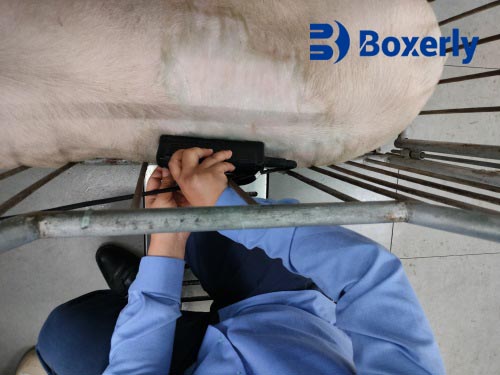
Measuring back fat thickness allows farmers and veterinarians to make informed decisions regarding feeding strategies, slaughter timing, reproductive readiness (particularly for breeding females), and genetic selection. In breeding sows and cows, for instance, maintaining an optimal back fat level is crucial: too much fat may reduce fertility, while too little may lead to poor reproductive performance and lower milk yield post-partum.
With the advancement of agricultural technology, ultrasound has become a widely used, non-invasive, and accurate method for measuring back fat thickness in live animals. It is now a standard tool for many progressive farms.
Typical Back Fat Thickness Values in Pigs and Cattle via Ultrasound
Back fat thickness varies depending on the species, breed, age, sex, and purpose (breeding vs meat production). Here’s a general overview of ultrasound-measured back fat values in pigs and cattle:
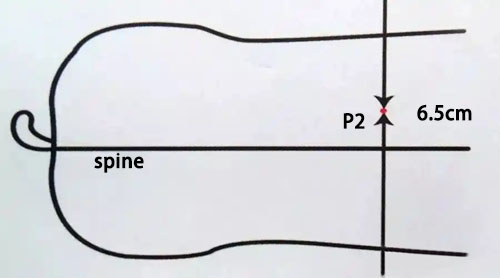
Pigs:In pigs, especially those raised for meat production, back fat thickness is a critical factor affecting carcass grading and market value. Ultrasound measurements are commonly taken at the P2 site — 6.5 cm from the midline over the last rib.
Finishing pigs (110–120 kg live weight): 15–25 mm is considered typical. Premium carcasses usually have around 18–20 mm.
Breeding gilts: Ideally, 14–20 mm. Sows entering breeding with less than 14 mm may risk poor reproductive performance.
Sows during mid-gestation: 16–22 mm is optimal. Post-weaning, sows should not fall below 12 mm.
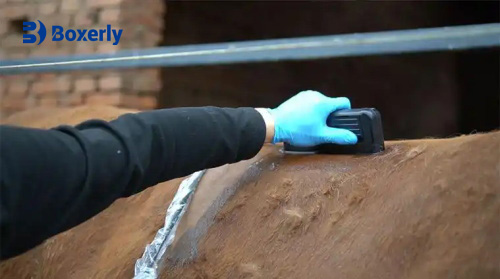
Cattle:In beef cattle, back fat thickness is used to determine the degree of finish (fat cover) before slaughter. It is commonly measured at the 12th or 13th rib.
Feedlot steers and heifers: Market readiness is generally achieved at 10–15 mm of back fat.
Breeding cows: Optimal back fat thickness ranges between 6–12 mm, depending on the production stage.
Dairy cows: Monitoring back fat helps manage body condition, especially during the dry period and early lactation. Measurements of 4–8 mm are typical.
Too much back fat in cattle may lead to discounts at the packing plant due to excessive trimming, while too little can signal underfeeding or energy deficit.
Ultrasound Equipment for Measuring Back Fat
To ensure accuracy and ease of use in the field, specialized ultrasound devices are designed for different livestock species. Two popular models used for pigs and cattle are the BXL-DZ20 and BXL-DB20, respectively.
BXL-DZ20: Ultrasound for Pig Back Fat Thickness
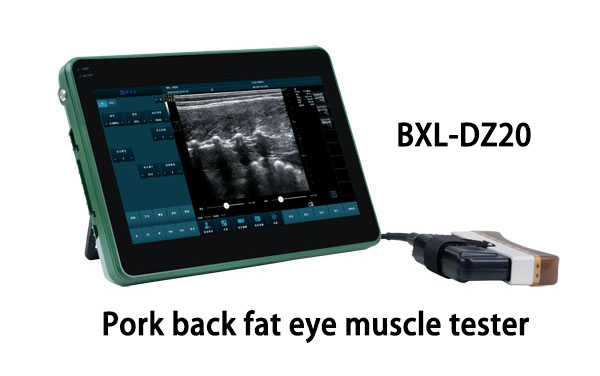
The BXL-DZ20 is a handheld, portable ultrasound scanner tailored for measuring back fat in pigs. Designed with swine anatomy in mind, it comes with a linear probe that provides clear imaging of subcutaneous tissue layers. Features include:
Measurement depth suitable for pigs of all sizes
Real-time digital display of fat thickness in millimeters
Waterproof casing, ideal for farm environments
Rechargeable battery and SD card data storage
Calibration settings for different pig breeds
This device helps swine producers monitor gilt development, sow condition before and after farrowing, and optimize feeding in finishing pigs. It supports informed culling and breeding decisions to improve herd productivity.
BXL-DB20: Ultrasound for Cattle Back Fat Thickness
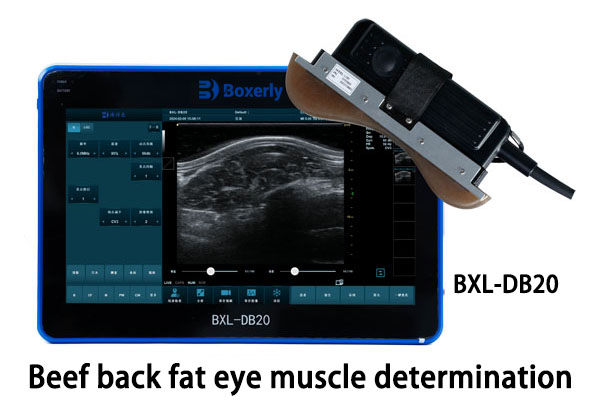
The BXL-DB20 is specifically built for larger animals like cattle. It offers deeper penetration and a more robust probe suitable for the thicker hides and larger fat depths in cows and bulls. Key features include:
Deeper ultrasound penetration up to 10 cm
Rugged and shock-resistant design
High-resolution screen and image freeze function
Compatible with breed-specific body condition scoring
Integrated software for data tracking and reporting
This device is especially useful for beef producers who want to avoid over- or under-finishing cattle before slaughter, and for dairy operations tracking body reserves during lactation cycles. Accurate BFT data aids in feedlot ration adjustments, selection of replacement heifers, and monitoring postpartum energy balance in dairy cows.
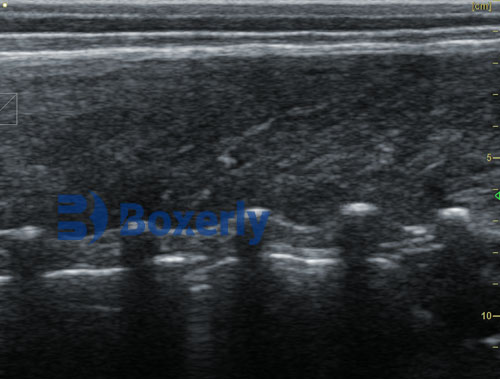
Conclusion: The Value of Measuring Back Fat Thickness
Ultrasound measurement of back fat thickness offers livestock producers a powerful, science-backed way to manage animal health, growth, and performance. Whether you're raising pigs for market or managing a herd of breeding cows, knowing the exact fat reserves of your animals allows for more efficient feeding, better reproduction outcomes, and improved carcass quality.
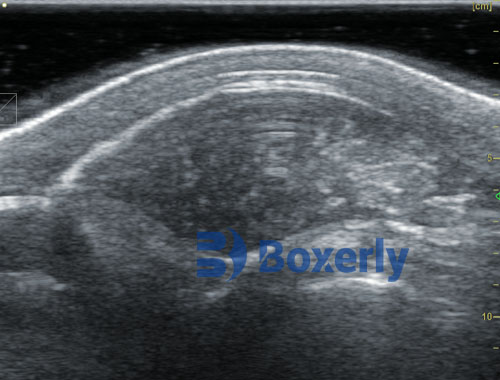
By using tools like the BXL-DZ20 and BXL-DB20, farmers can bring precision livestock farming to the next level. These devices are not just investments in technology but investments in better herd management and ultimately, profitability.
Back fat thickness may seem like a small detail, but in the competitive world of livestock production, it’s one of the key metrics that can make a big difference.
tags:


